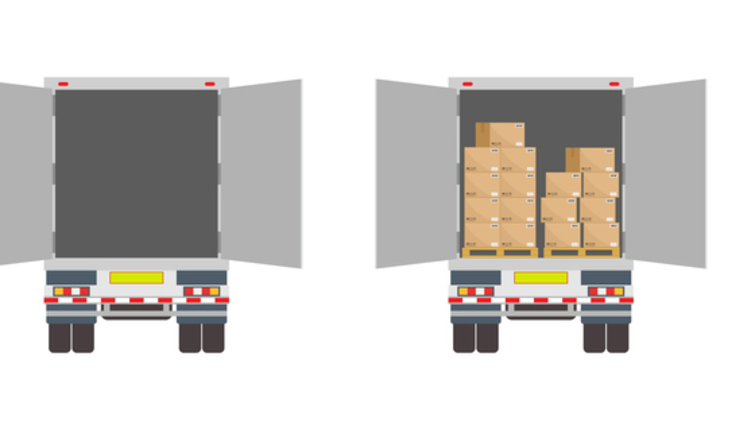Is Packaging That Important?
Packaging is an often overlooked aspect of total transportation cost management. The balance between labor, packaging material cost and transportation cost is unique for each operation. The parcel cost of a shipment depends on the weight and size of the package, so one can be inclined to reduce the packaging and filler material in a shipment. However if the packaging can’t stand the jungle of conveyor belts, sorters and chutes during transit, the result will be unsatisfied customers, expensive inbound logistics and reshipping of the same item, which renders the cost savings attained by the reduced packaging useless. On the other hand, if too much packaging is used, the cost of packaging in addition to the higher parcel charges resulting from higher weight, DIM weighting and possibly the additional handling and large package surcharges will result in excessive shipping charges. Your organization should look at historic data and determine the optimum amount of filling and appropriate box size. The returned packages due to damage should be analyzed: Is there a certain SKU that has a lot of problems? Maybe there is more training required at one of the shipping stations, or some shipments are getting hit with enormous large package/excess limits fees. It is impossible to cover all aspects of packaging costs in a single article. In future columns I’ll discuss other aspects of packaging such as environmental, functional and cost control. Feel free to email or call with your comments and questions. Through these articles I will try to point out some pitfalls and relatively easy fixes relating to the parcel aspect of packaging.
Easy Fix: Measure your boxes
Whether you are using custom built or standard boxes, try to sample a number of actual packages that are ready to ship and measure their dimensions. Corrugated boxes are prone to bulging when full or stacked. Keep in mind that the carriers round up the dimensions to the next integer value, so a bulging of 1/8 inch can result in a one-inch increase of a side of the box. Try to keep your box dimensions two inches under the additional handling and large package surcharge thresholds if possible.
Easy Fix: Overbox your small packages
If you are sending multiple small weight packages to the same recipient, you can save money by boxing them together. For example, take two boxes of 2 lbs going to zone 3 via ground service. For an average shipper with a negotiated contract, these packages would hit the minimum charge, $4.57, for a combined transportation cost of $9.14. If you consolidate the packages in a single box, the resulting billed weight would be around 5 lbs. The total charge would now be around $4.57, resulting in savings of up to 50%. Considering that you would be paying the residential surcharge, delivery area surcharge and fuel surcharge only once when the shipment is overboxed, the savings begin to build up. Avoid strapping the boxes together, as the straps tend to get stuck and torn on the conveyor belts and sorters, resulting in some packages with no shipping label and potential additional handling surcharges. Also keep in mind that this is a useful technique for small packages only. If you overbox bigger/heavier packages, you can face large package surcharges.
Joe Wilkinson serves as Practice Development Manager, Transportation at enVista LLC. He is a leading expert in parcel shipping and pricing practices and has negotiated literally hundreds of parcel agreements from both sides of the table; both carrier and shipper. His areas of expertise include transportation rating and analysis, shipping best practices, parcel market trends and developments, mode optimization and transportation network and practice optimization. Joe can be reached at jwilkinson@envistacorp.com








